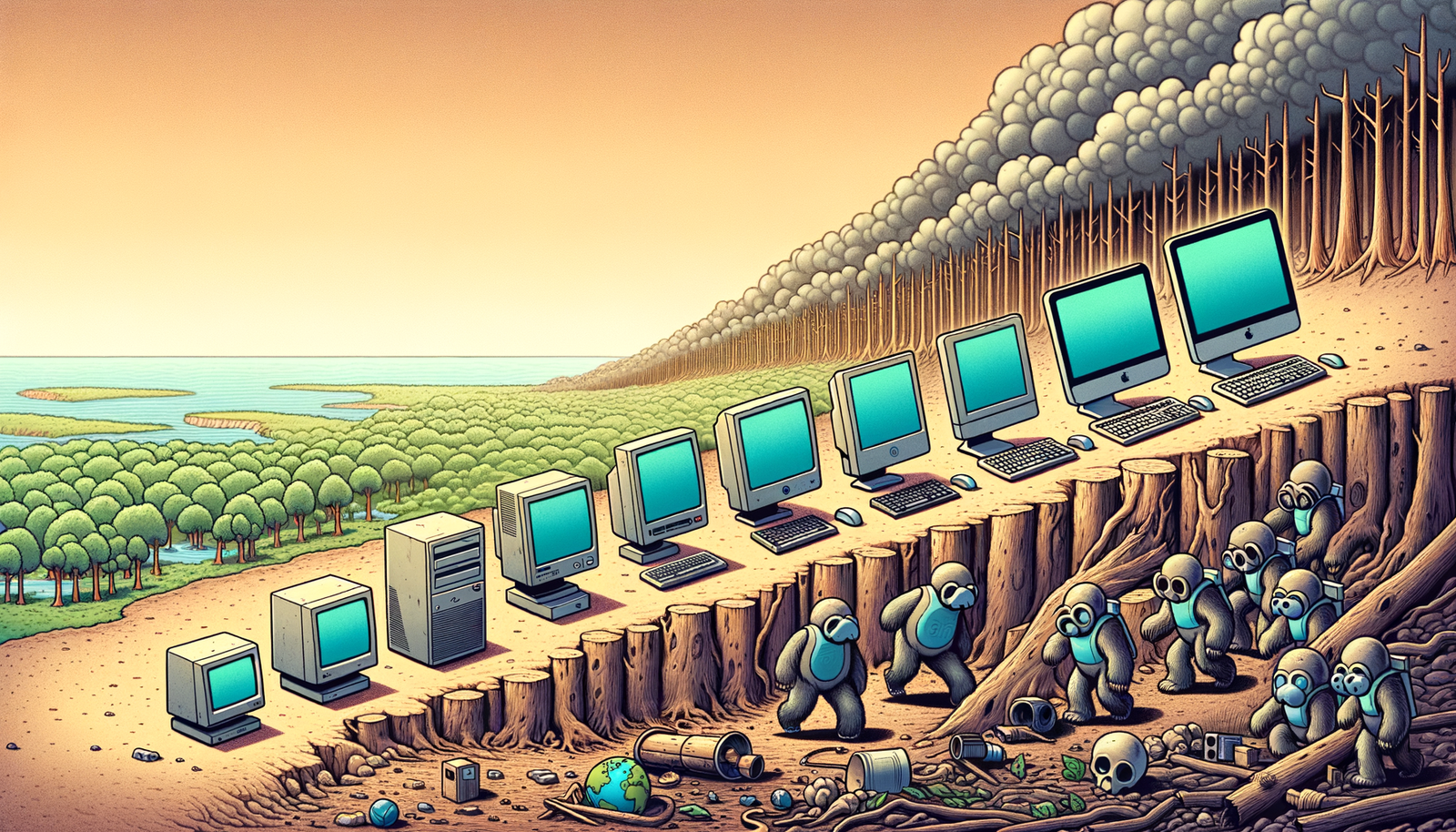Your Cart is Empty
Customer Testimonials
-
"Great customer service. The folks at Novedge were super helpful in navigating a somewhat complicated order including software upgrades and serial numbers in various stages of inactivity. They were friendly and helpful throughout the process.."
Ruben Ruckmark
"Quick & very helpful. We have been using Novedge for years and are very happy with their quick service when we need to make a purchase and excellent support resolving any issues."
Will Woodson
"Scott is the best. He reminds me about subscriptions dates, guides me in the correct direction for updates. He always responds promptly to me. He is literally the reason I continue to work with Novedge and will do so in the future."
Edward Mchugh
"Calvin Lok is “the man”. After my purchase of Sketchup 2021, he called me and provided step-by-step instructions to ease me through difficulties I was having with the setup of my new software."
Mike Borzage
Design Software History: Evolution of Design Software: Pioneering Climate Change Mitigation Through Technology
July 21, 2024 4 min read


Introduction to Design Software and Climate Change Mitigation
Design Software has been a cornerstone in multiple industries, facilitating the creation, analysis, and optimization of various structures and systems. From its inception, design software has evolved significantly, adapting to the changing needs of industries such as architecture, engineering, and manufacturing. Initially, these software programs were limited to simple 2D drafting tools. Over the decades, they have transformed into comprehensive platforms offering 3D modeling, simulation, and analysis capabilities.
Climate Change Mitigation has become an urgent global imperative. Climate change, driven by factors such as greenhouse gas emissions and deforestation, poses severe threats to ecosystems and human societies. Technological advancements have emerged as crucial tools in mitigating these effects. Among these advancements, design software plays a pivotal role in developing sustainable solutions, optimizing resource use, and reducing environmental impact.
Historical Role of Design Software in Environmental Engineering
Early Developments in Environmental Design Software
The history of environmental design software began with pioneering programs that laid the foundation for today's sophisticated tools. Early software such as AutoCAD, developed by Autodesk, and MicroStation from Bentley Systems, were instrumental in the initial phases of integrating environmental considerations into engineering projects. These programs allowed engineers to create detailed 2D plans and later evolved to support 3D modeling, providing a more accurate representation of environmental projects.
Key figures in this early stage include John Walker, one of the founders of Autodesk, and Keith Bentley, founder of Bentley Systems. Their contributions were critical in developing software that could handle the complexities of environmental engineering, including water management, waste treatment, and renewable energy projects.
Case Studies: Landmark Projects
Several early projects utilized design software to address environmental challenges. These projects demonstrated the potential of these tools in improving environmental sustainability. They included efforts in areas such as pollution control, sustainable urban planning, and conservation of natural resources. The outcomes of these projects often led to significant reductions in environmental impact, showcasing the effectiveness of integrating design software into environmental engineering practices.
Technological Innovations in Design Software for Climate Solutions
Geometric and Solid Modeling
The transition from 2D drafting to 3D modeling marked a significant milestone in the capabilities of design software. This evolution allowed for more detailed and accurate representations of physical structures and systems, which is crucial for environmental design. Tools like Autodesk's AutoCAD and Revit, and Dassault Systèmes' SolidWorks, provided engineers and designers with robust platforms for creating complex models that could incorporate various environmental factors.
Specific features tailored for climate-related projects include the ability to model energy consumption, simulate environmental conditions, and analyze the lifecycle of materials. These tools enable the design of more sustainable buildings and infrastructure, considering factors such as energy efficiency, water usage, and environmental impact.
Simulation and Analysis Tools
The development of simulation software has been crucial in assessing the environmental impact of various projects. Technologies such as Finite Element Analysis (FEA) and Computational Fluid Dynamics (CFD) have allowed engineers to model and analyze complex environmental systems with high precision. Software programs like ANSYS and COMSOL Multiphysics are at the forefront of these innovations, providing powerful tools for simulations that can predict the behavior of materials and fluids under various conditions.
These simulation tools are especially important in climate-related projects, where understanding the interaction between different environmental factors is essential. For example, CFD can be used to model the flow of air and water around structures, helping to design buildings and infrastructure that are more resilient to extreme weather conditions.
Integration of AI and Machine Learning
The integration of AI and Machine Learning into design software has opened new possibilities for optimizing sustainable solutions. AI-driven tools can analyze vast amounts of data to identify patterns and suggest design improvements that can reduce environmental impact. Examples include AI applications in optimizing renewable energy systems, such as wind and solar farms, and in reducing the carbon footprint of buildings and infrastructure.
These advancements are exemplified by software such as Autodesk's Generative Design, which uses AI to explore thousands of design options and find the most efficient solutions, and Bentley Systems' iTwin Services, which leverages AI to create digital twins for real-time monitoring and optimization of infrastructure projects.
Future Directions and Potential of Design Software in Climate Mitigation
Emerging Trends in Design Software
The future of design software is being shaped by emerging trends such as cloud-based and collaborative design platforms. These platforms enable global cooperation, allowing teams from different parts of the world to work together on complex environmental projects in real-time. This is facilitated by tools like Autodesk's BIM 360 and Dassault Systèmes' 3DEXPERIENCE platform, which provide comprehensive environments for collaboration and data sharing.
Additionally, advancements in virtual and augmented reality are enhancing the capabilities of design software. These technologies provide immersive environments for environmental modeling, allowing designers to visualize and interact with their projects in ways that were previously impossible. This can lead to better decision-making and more effective climate mitigation strategies.
Innovative Applications and Case Studies
Recent projects have demonstrated the potential of design software in driving climate action. These projects highlight the innovative applications of design tools in areas such as renewable energy, sustainable urban planning, and conservation. Open-source design tools are also playing a significant role in democratizing access to climate mitigation technology, enabling more people to contribute to solving environmental challenges.
Conclusion: The Road Ahead
The evolution of design software continues to advance, offering new tools and capabilities for addressing the urgent issue of climate change. As these technologies develop, they will play an increasingly important role in creating sustainable solutions and reducing environmental impact. The intersection of design technology and climate change mitigation holds great promise for the future, providing innovative ways to protect our planet and ensure a sustainable future for generations to come.
Also in Design News

Cinema 4D Tip: Connect Objects + Delete for clean, export-ready meshes
December 26, 2025 2 min read
Read More
Revit Tip: Revit Conceptual Mass Workflow: Setup, Parametrics, and Conversion
December 26, 2025 2 min read
Read More
V-Ray Tip: Light Linking Best Practices for V-Ray for SketchUp
December 26, 2025 2 min read
Read MoreSubscribe
Sign up to get the latest on sales, new releases and more …


